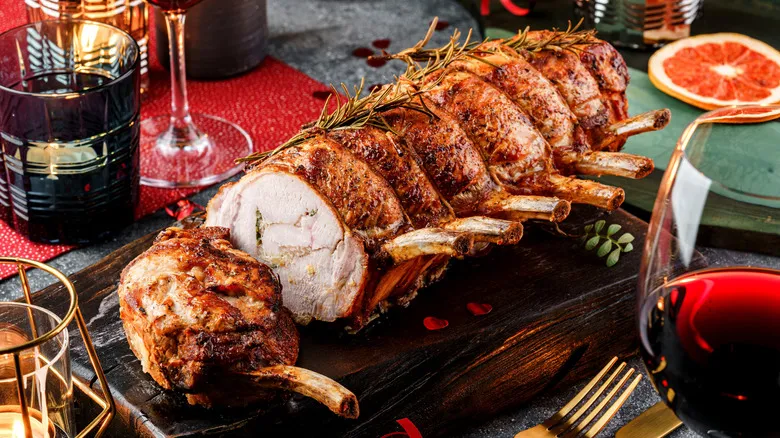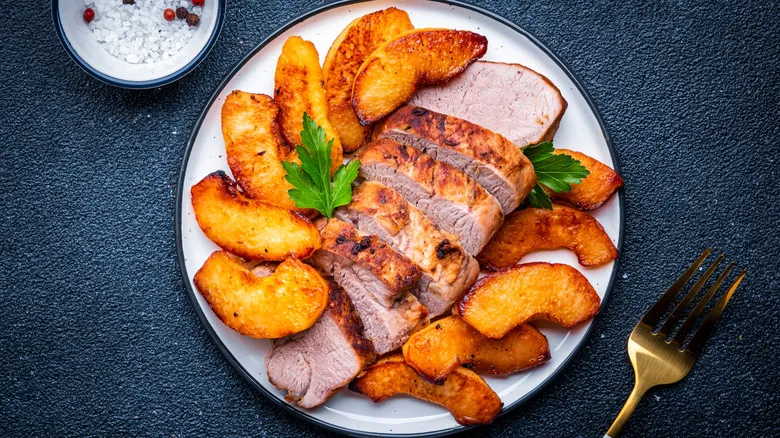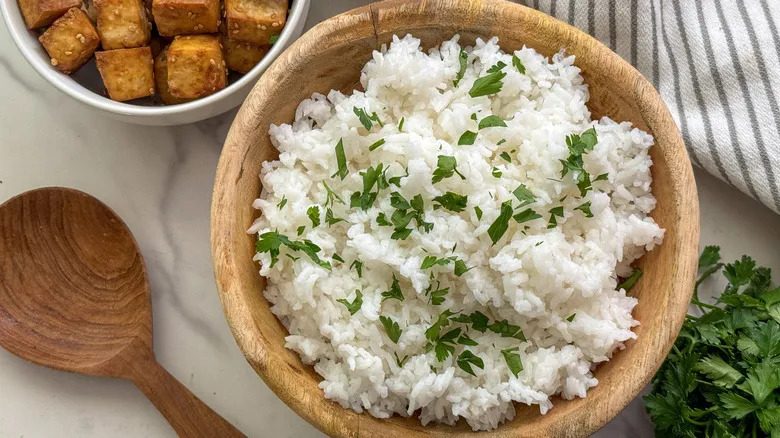Understanding the science behind your wine choice

The reason certain wines complement specific meats better is largely due to the tannin levels in the wine. Tannins are chemical compounds found in various plants that influence their flavor profile. They are often described as bitter, astringent, or sharp—similar to the tastes found in coffee, chocolate, and tea. Grapes contain tannins in their skins and seeds, which means that all wines have some level of tannins, though red wines typically have a much higher concentration than white wines.
So, how does this affect your selection for pork? The tannins in red wine help to balance the richness of fattier cuts of meat. For instance, if you're enjoying pork belly, a light red wine like Pinot Noir would be an excellent option. A more robust red might overshadow the pork's flavor, while a Pinot Noir is delicate enough to allow the meat's taste to shine through while still cutting through the fat.
For leaner cuts, such as pork chops or pork tenderloin, it's best to choose a wine with low tannins. A refreshing white wine, like Riesling or Chardonnay, will not overwhelm the subtle flavors of the meat. If your dish features a cream sauce or incorporates citrus or herbs—such as pork tenderloin with a lemon thyme sauce—a white wine will enhance those vibrant flavors. Additionally, pork served with sweet sauces, like a honey glaze or apple sauce, pairs best with a low-tannin white wine, as high-tannin red wines can make the sweetness taste bitter. While pairing wine with pork may not be as simple as with steak or fish, keeping these tips in mind can help you select the perfect wine for your pork dish every time.
Recommended

9 Bottom-Shelf Bourbons That Are Actually Worth The Buy

What Do The Letters 'DDH' Mean When It Comes To Beer?

Coors Light Is Making A Major Change Immediately After The Super Bowl

Why You Should Avoid Ordering Beer And Ale In Frosted Glasses
Next up





